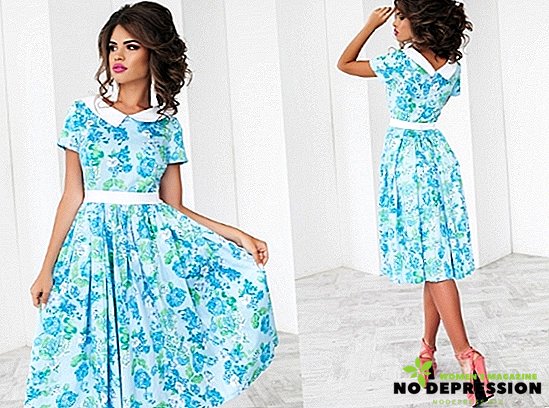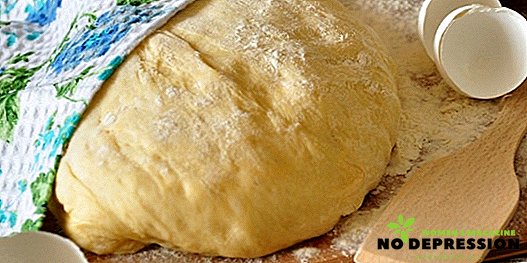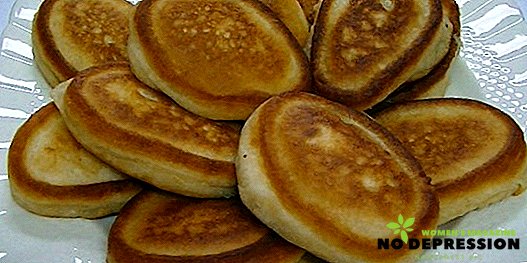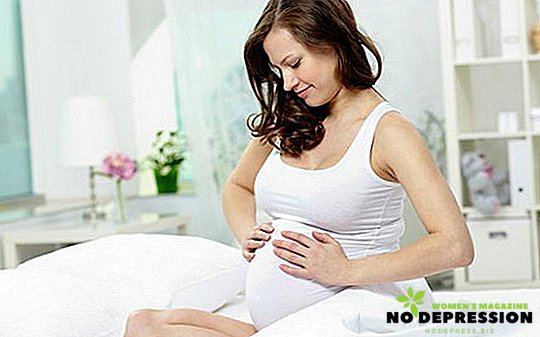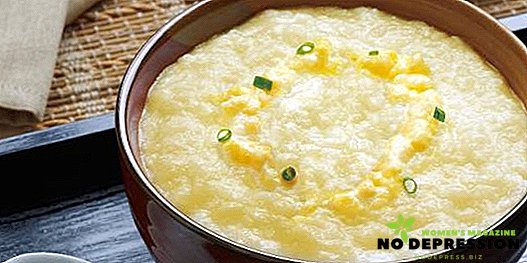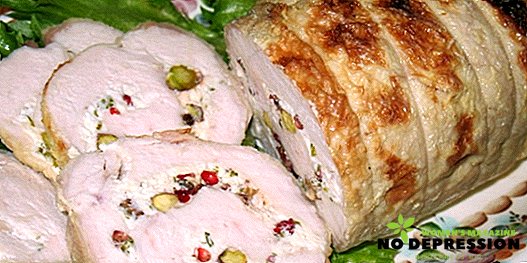The surrounding world is mostly covered with plastic and artificial materials. It is not always good for health. Therefore, many seek to fill your home with environmentally friendly and natural materials. But as you know, natural building materials are not cheap. The solution to this problem is MDF. They combined modern technology with natural materials.
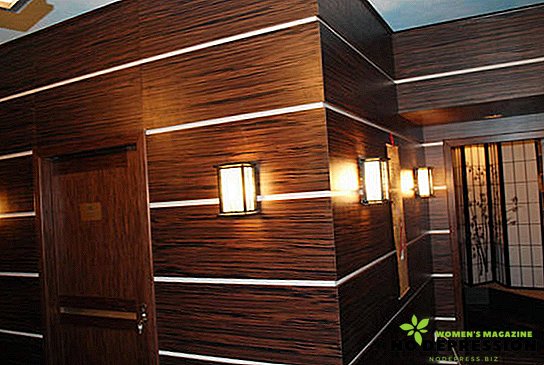
MDF panels - what is it, classification
MDF panels are a building material which is a small wood shreds compacted under high pressure and temperature. Urea resins, lignin, paraffin are used as binders that increase the strength of the panels. These resins are of natural origin. Next, apply a picture or pattern over the panels.
As a result, a material is created that can compete with natural wood for durability. And since it is completely natural, its use is acceptable even in children's rooms.
Depending on the production method, characteristics and color, the classifications of MDF panels are highlighted.
By production technology:
- Solid pressed - the plate is flat and smooth on both sides, which is achieved by pressing the wood pulp with the help of temperature and pressure.
- Laminated - the production process, as in the whole MDF. The difference is only in the decorative coating, in this case for the glossy panel is covered with a thin polymer film. What gives protection against high humidity and mechanical damage. Thanks to it the widest color scale turns out.
- Moisture resistant plates. It is made of high-quality wood by long pressing under high temperature. Such panels are applicable for wall decoration in rooms with aggressive environment, in the bathroom, on the balcony, in the hallway.
 According to physical characteristics:
According to physical characteristics:
- sheets;
- plates;
- reiki;
By the method of processing the front surface:
- Veneered imitate the texture of natural wood. On top of the workpiece is laid wooden veneer thickness up to 3 mm.
- Glossy, laminated panels are created using a thin glossy polymer film deposited on a rough surface.
- Painted The draft surface is painted with special paint.
Advantages and disadvantages of the material
Advantages:
- Environmental friendliness.
- Cheaper than real natural materials.
- Beauty and variety of appearance.
- Relative moisture-resistant external surface.
- The simplicity and speed of installation that do not require special skills.
- It is not required to level, putty or prime the walls.
- The choice of colors and textures.
- There is space behind the panel, which can be used to hide wiring or other wires.
- Both vertical and horizontal installation is possible.
- Under them does not develop fungus and mold.
- Do not attract dust to themselves, antistatic.
- A good level of thermal conductivity, as well as sound insulation in the presence of an air gap.
Also worth noting and disadvantages:
- With a small thickness of the plate, as well as the presence of the frame becomes an unstable material.
- Due to the fact that the manufacture of a frame for the installation of plates is required, the useful volume of space is concealed.
- There is no fire resistance, so the electrical wires must be placed in special covers, boxes.
- Untreated edges are subject to swelling in humid air or when moisture gets on them.
Finishing of various rooms using MDF panels
The question arises, and where will be the best application of MDF. Answer: almost everywhere, the main thing here is to take into account all the features of the type of panel, the characteristics of the desired room.
With the right choice as well as installation, you can prevent the consequences of deficiencies of MDF panels and install it wherever you want. Only then will the original and durable finish.
For rooms with an aggressive environment, and these are rooms where humidity or temperature fluctuate. In apartments and houses there is a kitchen, a bathroom, a balcony, a hall, a corridor.
It is necessary to choose moisture resistant MDF panels, for this you need to look at the labeling. It should have a “droplet” badge, which would mean that such a material is able to withstand high humidity.
 In the kitchen, the walls are subject to moisture fluctuations, as well as frequent cleaning, cleaning with the use of cleaning products.
In the kitchen, the walls are subject to moisture fluctuations, as well as frequent cleaning, cleaning with the use of cleaning products.
In this regard, you can insure and MDF coated with a layer of varnish for better protection. But in this case there will be a problem with the formation of condensate under the finish. What will happen due to the fact that there will be no vapor transmission.
This can be fought, but should be done before the start of finishing works. This requires the walls to be treated with an antiseptic primer, while it is better not to skimp, but to process better and more. This will prevent condensation, mold.
Sometimes in order to get an original, reliable, durable finish, it is worth a little more to put in the effort and money. The result will be worth it.
In the bathroom and bathroom, many in no case dare to finish the walls with such material that looks like cardboard. But here are their tricks. If you choose the right type of MDF panel, treat the wall with antiseptic primer, reinforce the surface with varnish, close the cuts from moisture, then even in the bathroom you can apply them without fear that you will soon have to redo everything.
And another advantage in using them in the toilet is the fact that you can attach without crates, it saves usable space.

In the hallway, the corridor environment is less aggressive in terms of humidity and temperature fluctuations, but no less safe for decoration. This room with frequent maneuverability, constant touch to the wall. These are rooms where dirty top and wet things are removed.
Therefore, it is appropriate and necessary to process the walls before installation, and also requires additional protection of the surface of the panels with varnish. In such premises, it will be necessary to update the exterior of the finish every three years (as there is a possibility of abrasion of the top varnish).
These tips will help to better preserve the finish and increase its quality characteristics.
Because of the color diversity, MDF can be used in any living room. It is beautiful, safe and applicable to all styles.
The panels currently have not only the usual form and texture, they are already available in the form of tiles or panels with leather trimming or ornamentation. You can create a different design, combining colors, shapes, or even combining with other finishing materials.
For the bedroom, living room, nursery is the best option with little effort and money.
DIY installation instructions
Installation steps:
- Preparing the surface of the walls. Remove old coating, prime if necessary. Also lay sound and thermal insulation.
- Wiring wiring in cable channels or hide in the box.
- Install a crate of wooden bars or galvanized panels. Galvanized metal profile is considered better because it does not give in to corrosion and deformation like wood. If the walls are even, then you can not do the crate, and fix the panels with special glue directly to the cleaned wall.
- Installation begins at the corner. From the first panel, the sheet pile is trimmed and attached to the corner with nails or self-tapping screws. The other side, which is with a lock, is fastened with a special klyimer or liquid nails.
- It is worth remembering that in the process of work, the upper and lower borders of the panels are covered with decorative corners.
- Further, the comb of the second is inserted into the lock of the first one and so on. Similarly, all subsequent sheets are mounted, leaving the last two pieces. They are inserted into each other "house", and then simultaneously pressed until it clicks.
- The edge of the last sheet is fixed with fasteners.
This installation is even for beginners. Calculate the right amount is easy. It is necessary to measure the length of the wall and divide this number by the width of one panel. And for safety net add a pair of spare.
When choosing panels not the last factor will be the thickness, that is, the thinner, the easier it is to deform. The best option is at least 12 mm.
If the choice of finishing materials falls on MDF panels, then with the right approach, it will save money, time, effort. And also because of the variety of choices to make the interior original and not like the others.


